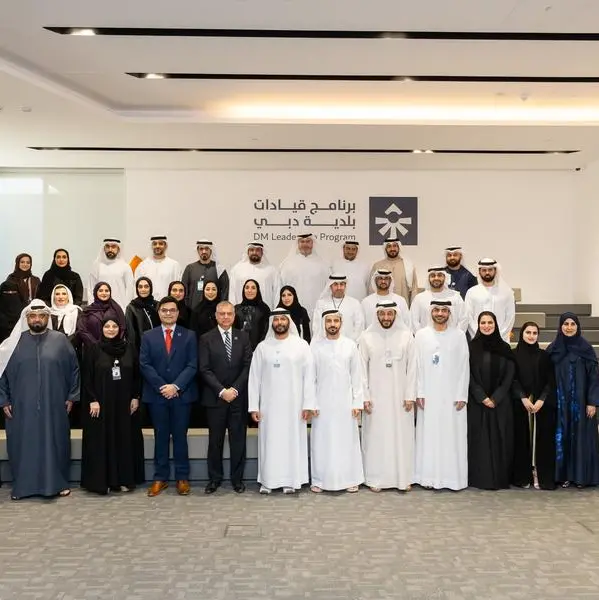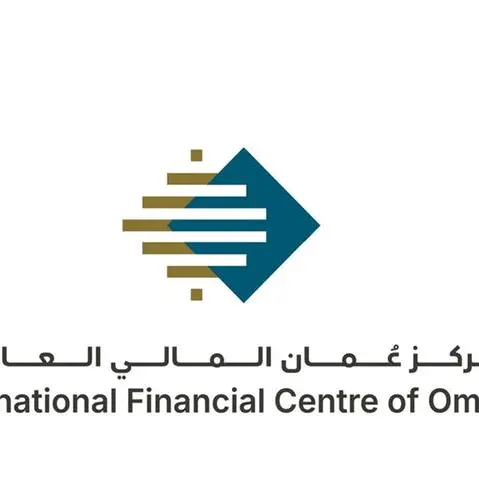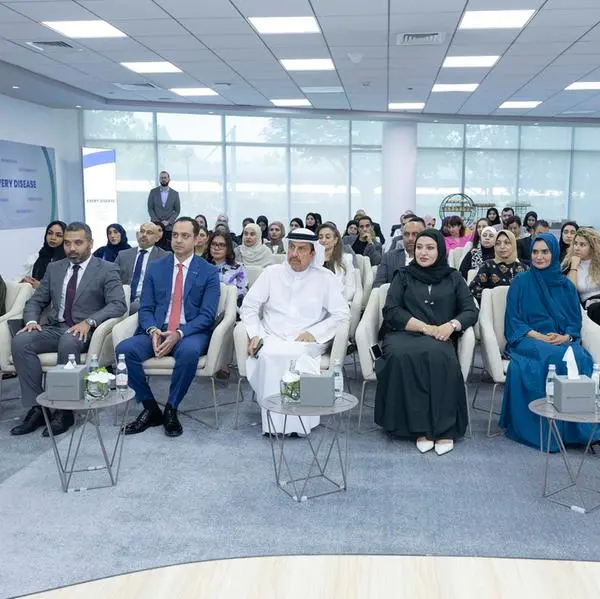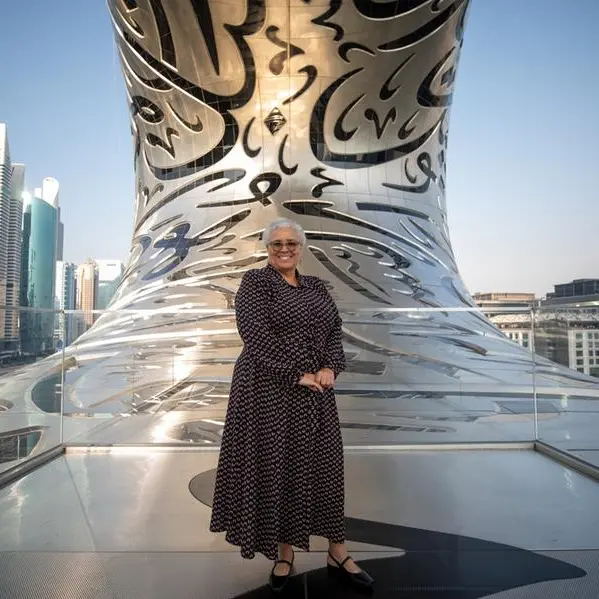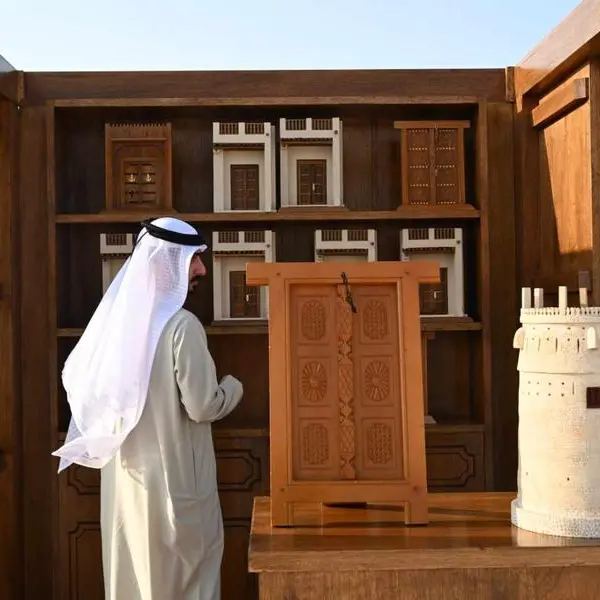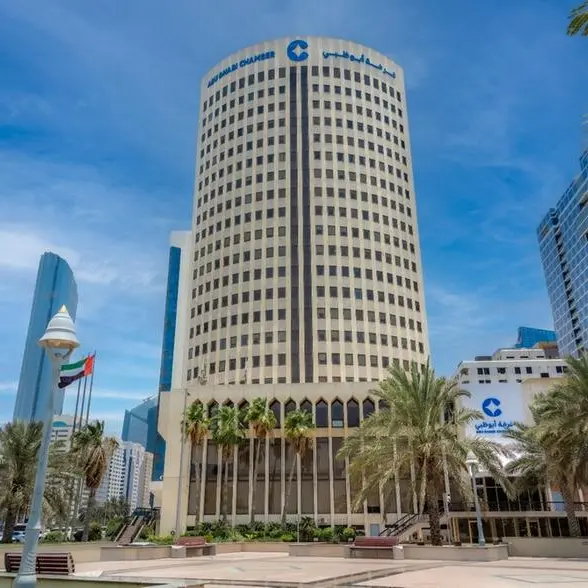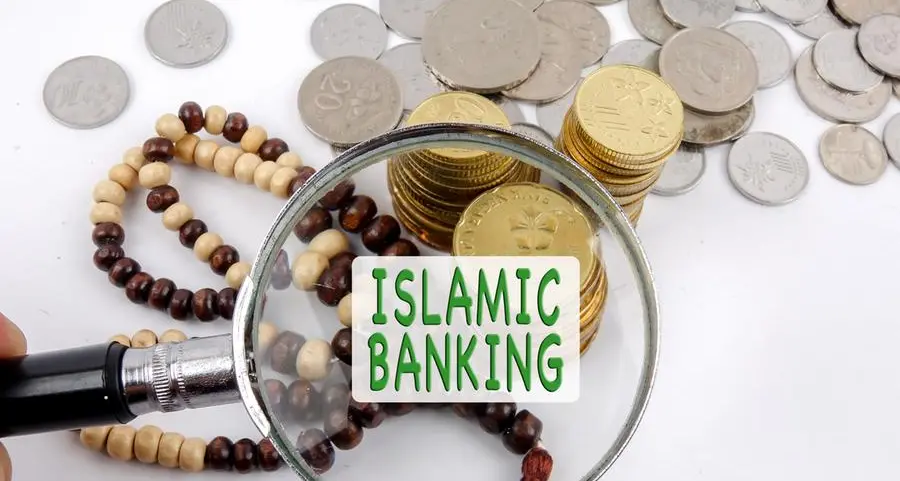- The airport is expected to accommodate up to 185 million passengers and process 3.5 million tons of cargo by 2050
- It will cover an area of approximately 57 km2, allowing for six parallel runways and airport support facilities, residential and recreational facilities, and retail outlets
- With sustainability at its core, King Salman International Airport will be powered by renewable energy
RIYADH:– His Royal Highness Crown Prince Mohammed bin Salman bin Abdulaziz, Prime Minister and Chairman of the Council of Economic and Development Affairs (CEDA), Chairman of the Public Investment Fund (PIF), today announced the masterplan for King Salman International Airport which will boost Riyadh’s position as a global logistics hub, stimulate transport, trade and tourism, and act as a bridge linking the East with the West. The airport project is in line with Saudi Arabia’s vision to transform Riyadh to be among the top ten city economies in the world and to support the growth of Riyadh’s population to 15–20 million people by 2030.
King Salman International Airport is expected to be one of the world’s largest airports covering an area of approximately 57 km2, allowing for six parallel runways and including the existing terminals named after King Khalid. It will also include 12km2 of airport support facilities, residential and recreational facilities, retail outlets, and other logistics real estate. The airport aims to accommodate up to 120 million travelers by 2030 and 185 million travelers, with the capacity to process 3.5 million tons of cargo, by 2050.
It will become an aerotropolis centered around a seamless customer journey, world-class efficient operations, and innovation. Riyadh’s identity and the Saudi culture will be taken into consideration in the airport’s design to ensure a unique travel experience for visitors and transit travelers.
With sustainability at its core, the new airport will achieve LEED Platinum certification by incorporating cutting edge green initiatives into its design and will be powered by renewable energy.
The announcement comes as part of PIF’s strategy which focuses on unlocking the capabilities of promising sectors to enhance Saudi Arabia’s efforts in diversifying the economy, and it is in line with the National Transport Strategy and the Global Supply Chain Resilience Initiative. The new airport is expected to contribute 27 billion Saudi riyals annually to non-oil GDP and to create 103,000 direct and indirect jobs, in line with Vision 2030 objectives.
-Ends-
ABOUT PIF
The Public Investment Fund (PIF) is one of the largest and most impactful sovereign wealth funds in the world. Since 2015, when the Board was reconstituted and oversight transferred to the Council of Economic and Development Affairs, the Fund’s board of directors has been chaired by His Royal Highness Crown Prince Mohammad bin Salman bin Abdulaziz, Prime Minister, Chairman of the Council of Economic and Development Affairs, and Chairman of the Public Investment Fund. PIF a leading role in advancing Saudi Arabia’s economic transformation and diversification, as well as contributing to shaping the future of the global economy. Since 2017, PIF has established 66 companies and created, directly and indirectly, more than 500,000 jobs as at the end of 2021.
PIF is building a diversified portfolio by entering into attractive and long-term investment opportunities in 13 strategic sectors in Saudi Arabia and globally. PIF's strategy, as set out in the PIF Program 2021-2025 - one of the Vision 2030 realization programs - aims to enable many promising sectors and contribute to increasing local content by creating partnerships with the private sector, in addition to injecting at least 150 billion riyals annually into the local economy. PIF works to transfer technologies and localize knowledge to build a prosperous and sustainable economy domestically. As the investment arm Saudi Arabia, PIF looks to make unique investments, and is building strategic alliances and partnerships with prestigious international institutions and organizations, which contribute to achieving real long-term value for Saudi Arabia, in line with the objectives of Vision 2030. PIF has also created an operational governance model that reflects its main tasks and objectives, in line with best international practices. Applying this model of governance enhances the level of transparency and effectiveness in decision-making and future progress.
More information about PIF can be found at: www.pif.gov.sa
Media Contact: media@pif.gov.sa

